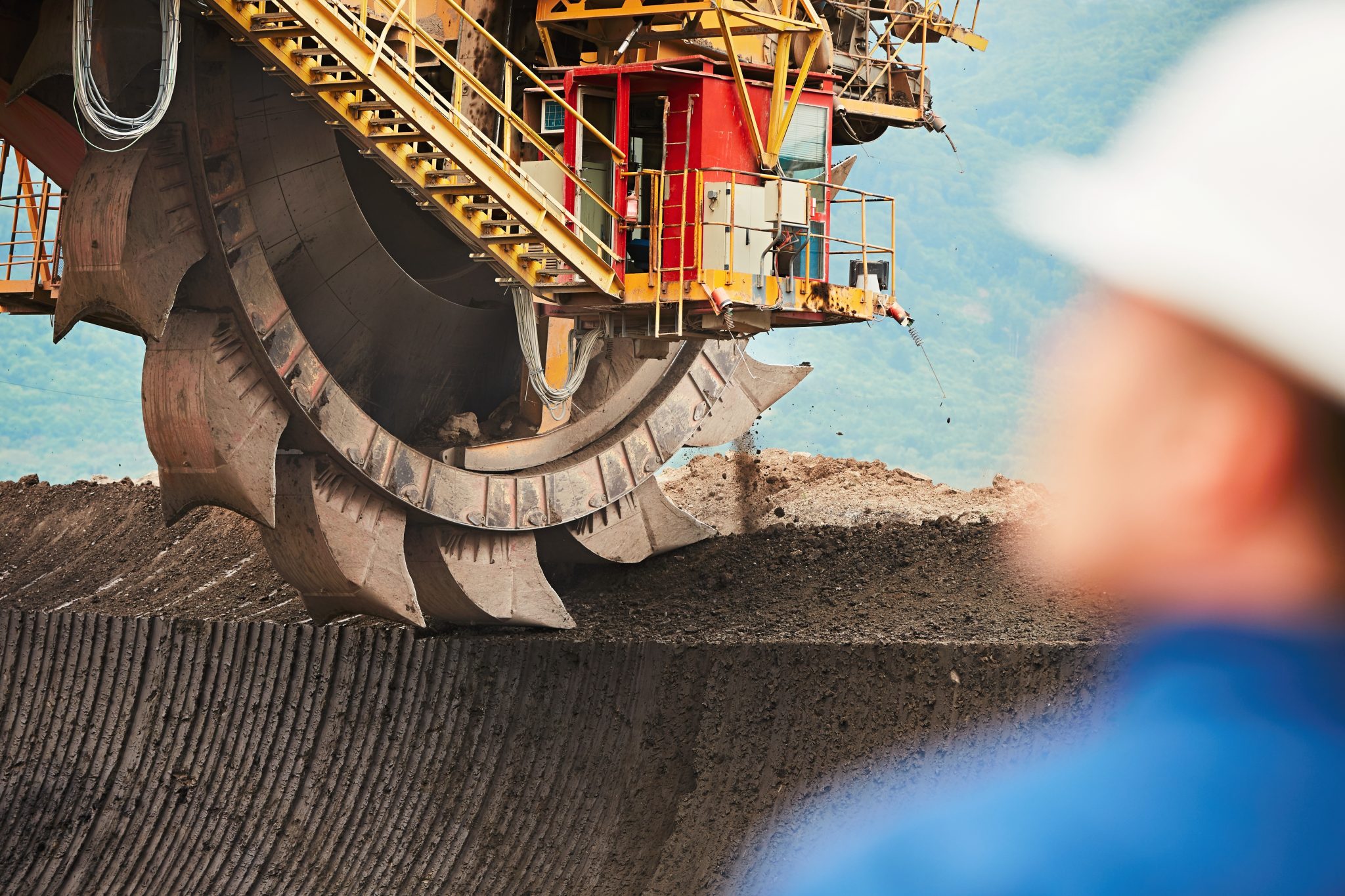**Recycling Scrap Metal: The Benefits of Ferrous and Non-Ferrous Materials**
The global shift towards sustainability has made recycling more important than ever, and when it comes to recyclable materials, scrap metal plays a crucial role. Scrap metal is a valuable resource that can significantly reduce our reliance on virgin materials while minimizing waste. In this blog post, we will explore the distinctions between ferrous and non-ferrous scrap metal, the importance of responsible sourcing and processing, and the impact these recycled materials have on industries like steel mills and foundries.
### Ferrous vs. Non-Ferrous Scrap Metal
Understanding the difference between ferrous and non-ferrous scrap metal is essential for effective recycling and resource management.
**Ferrous Scrap Metal**: This type of scrap metal contains iron and is magnetic in nature. Ferrous metals, which include cast iron, wrought iron, and steel, are widely used in construction and manufacturing due to their strength and durability. Common sources of ferrous scrap include old vehicles, appliances, construction materials, and industrial machinery. Recycling ferrous scrap not only conserves natural resources but also significantly reduces greenhouse gas emissions, as producing steel from scrap requires less energy compared to smelting iron ore.
**Non-Ferrous Scrap Metal**: In contrast, non-ferrous scrap metal does not contain iron and is typically not magnetic. This category includes metals such as aluminum, copper, brass, lead, and zinc. Non-ferrous metals are highly sought after for their resistance to corrosion and lightweight properties, making them essential in industries ranging from automotive to electronics. The recycling of non-ferrous materials offers significant economic benefits, as these metals can be recycled repeatedly without losing their quality.
### Sourcing Scrap Metal Responsibly
It is crucial to source scrap metal responsibly to ensure that the entire recycling process is environmentally friendly. Responsible sourcing involves:
– **Transparency**: Ensuring that scrap metal comes from lawful and ethical sources is vital. Engaging with reputable suppliers and maintaining clear documentation can help prevent the recycling of stolen or illegally sourced materials.
– **Environmental Impact**: Prioritizing suppliers who follow sustainable practices, such as minimizing pollution and reducing waste during collection and processing, can contribute to a greener recycling ecosystem.
– **Community Support**: Supporting local scrapyards and recycling facilities not only promotes local economies but also reduces the carbon footprint associated with transportation.
### Processing for Recycling
The processing of scrap metal is a critical step in the recycling chain. Proper processing involves:
1. **Sorting**: Scrap metal should be sorted into ferrous and non-ferrous categories, along with any necessary subdivisions. This ensures that the materials can be processed efficiently and effectively.
2. **Cleaning**: Contaminants like plastics, oils, or other non-metallic materials must be removed from the scrap to maintain the integrity of the metal and meet the quality standards of steel mills and foundries.
3. **Shredding and Baling**: Once sorted and cleaned, the metal is often shredded or baled to facilitate transportation and further processing. This makes it easier for steel mills and foundries to handle and integrate these materials into their production processes.
4. **Melting and Refining**: The final step involves melting the scrap metal down into molten form for use in new products. Advanced refining processes ensure that the resultant material meets industry standards for purity and quality.
### Ideal for Steel Mills and Foundries
Recycled scrap metal serves as a vital feedstock for steel mills and foundries. The use of scrap in steel production offers several advantages:
– **Energy Efficiency**: Utilizing recycled scrap metal in steel manufacturing uses significantly less energy than producing new steel from raw iron ore. This translates to lower production costs and reduced environmental impact.
– **Reduced Emissions**: Replacing virgin materials with recycled scrap reduces carbon dioxide and other harmful emissions associated with extraction and processing.
– **Resource Conservation**: Recycling scrap metal conserves natural resources, as it diminishes the need for mining and extracting new materials from the earth.
### Conclusion
In conclusion, scrap metal recycling is not just an environmentally responsible choice; it is an essential practice that fuels the steel and foundry industries while conserving natural resources and reducing greenhouse gas emissions. By understanding the distinctions between ferrous and non-ferrous metals, sourcing responsibly, and processing efficiently, we can contribute to a sustainable future in metal production. The next time you encounter scrap metal, remember that it represents not only a potential resource but also a step toward a greener planet. Recycling scrap metal is an investment in our future that benefits both the economy and the environment.

